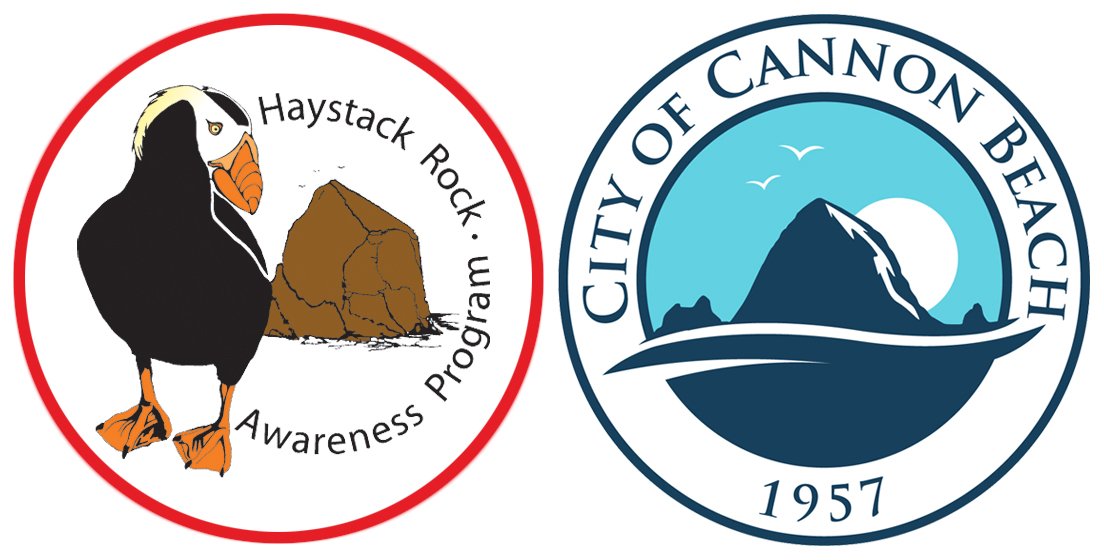California Mussel (Mytilus californianus)
(photo credit: Lauren Rice)
Description: The California mussel is one of the most abundantly found mollusks along the Oregon Coast, especially at Haystack Rock. These creatures are known as bivalves because they have two shell halves that encase their body, similar to clams, oysters, scallops, and other common shellfish. On the outside, the oblong shells of California mussels are usually bluish-black and sometimes have brown tips. The inside of the shell is a bluish-gray color with iridescent patches, and the actual meat of the mussel inside the shell is bright orange. It’s possible to find baby California mussels along Oregon’s coastline that are only a few centimeters long, but these shellfish also reach lengths of up to 25 centimeters.
Habitat: At Haystack Rock, California mussels are found covering the top halves of boulders in very dense groups. The reason why they don’t tend to be seen on the lower halves of boulders is because one of their predators, the ochre sea star, feeds on them in that region. Aside from the Oregon Coast, California mussels are found along the rest of North America’s Pacific Coast from northern Alaska to northern Mexico.
Diet: When the tide comes in and the ocean covers the boulders that the mussels reside on, the mussels filter feed to capture plankton.
Tide Pool Tidbits:
A single mussel can filter up to 3 gallons of water within just one hour!
In order to withstand the strong waves of the rocky intertidal zone, mussels attach onto rocks by secreting byssus threads. These threads sort of look like dried grass or thin strips of algae sometimes, but they’re incredibly strong and can be seen growing from the base of a mussel.
Many other tide pool critters can be found living in the crevices of mussel beds or even on top of mussels, especially crustaceans like barnacles and crabs or mollusks like limpets.
Coastal Indigenous populations traditionally use California mussels for food and make tools out of their shells.
California mussels can live for more than 20 years given the right conditions.
Reference: Central Coast Biodiversity


